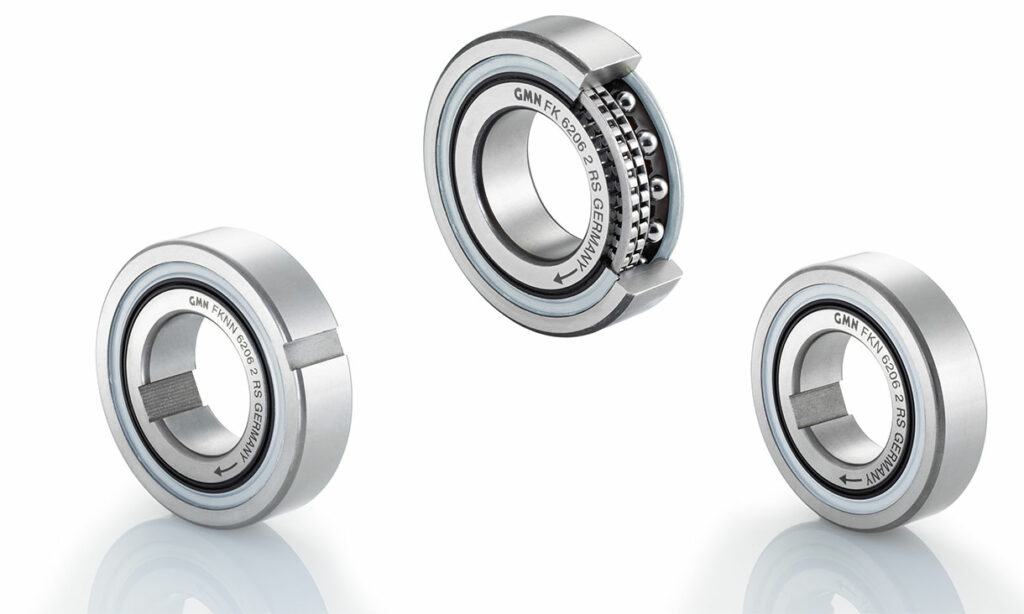Freewheels
How do freewheels work?
The general mechanism of a freewheel is always the same. A shaft transmits energy to a hub. At the moment when the power transmission stops, or the shaft turns slower than the hub, the freewheel prevents the hub from braking. Even if the shaft rotates in the opposite direction, the freewheel ensures that the hub remains in rotation until the energy supplied has been used up.
To make it more vivid, vizualize a freewheel, as if you´re riding a bike.As long as you pedal, power is transmitted via the pedals and chain to the wheel hub. If the cyclist stops pedalling, the bicycle does not stop right away. A freewheel in the wheel hub ensures that the bicycle continues to roll even though the driving shaft no longer rotates and transmits power.
If you ride your bicycle downhill, the freewheel prevents you from having to pedal as fast as you pick up speed.
In the classic sense, a sprag functions is an element of torque transmission. Depending on the occasion and the need, rigid sprags can be replaced by sprag rollers or springs. The requirements for a freewheel differ especially with regard to power and speed and make different technical designs necessary

















































